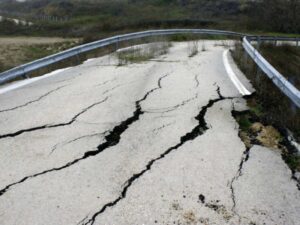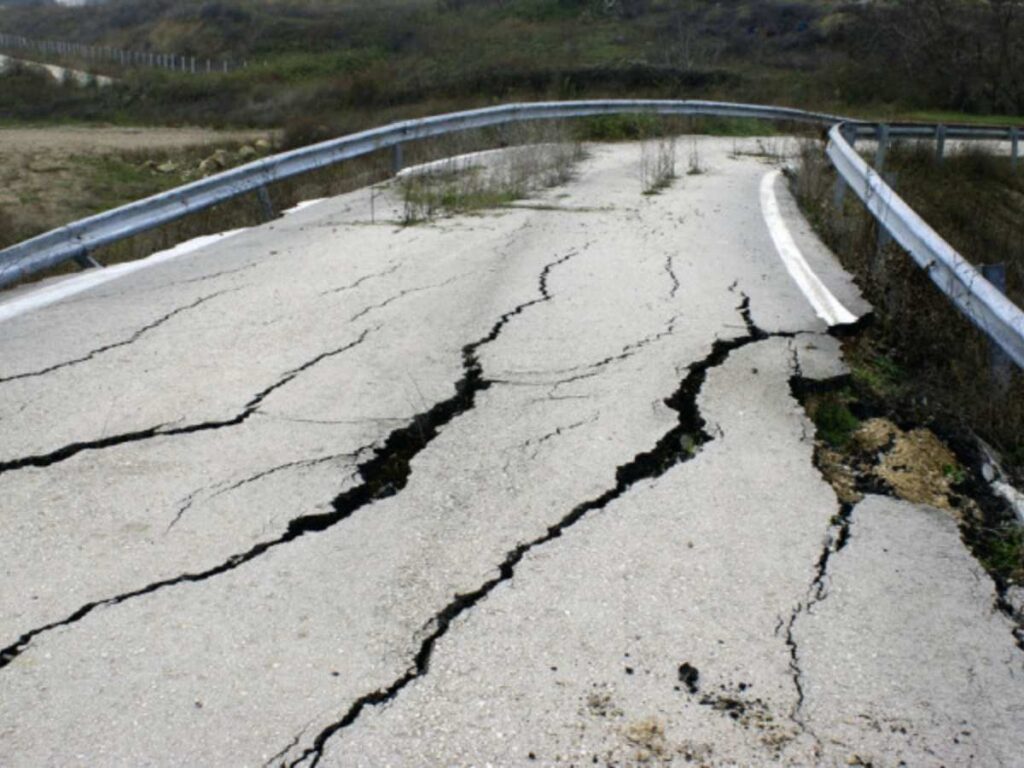 5.1 Magnitude Earthquake Strikes Semnan, Iran Amid Growing Regional Tensions
5.1 Magnitude Earthquake Strikes Semnan, Iran Amid Growing Regional Tensions
A moderate earthquake measuring 5.1 on the Richter scale struck the Semnan province of Iran, adding a layer of anxiety to an already tense regional atmosphere. The tremor, which was recorded in the early hours of the morning, has raised concerns both for the safety of local populations and the broader geopolitical context in which it occurred. Iran, already facing internal and external pressures, now has to deal with the aftermath of this natural disaster as tensions with Israel continue to escalate.
A Jolt in Semnan: What Happened?
The earthquake struck near the city of Damghan in Semnan province, located in northern Iran. According to local seismic reports, the quake occurred at a shallow depth, which made its effects more noticeable despite its moderate magnitude. Shallow earthquakes are typically felt over a wider area and can cause more damage than deeper tremors of the same intensity.
Residents reported feeling the ground shake for several seconds, prompting many to rush out of their homes in fear. While initial reports indicate that there have been no major casualties, structural damage has been observed in several buildings, especially older constructions that do not adhere to modern earthquake-resistant design standards.
Emergency response teams were dispatched quickly to assess the damage and assist those in need. Iranian media have reported minor injuries and some disruption to electricity and water supplies in affected towns. Authorities have urged residents to remain cautious, warning of potential aftershocks in the coming days.
Iran’s Seismic Reality
Iran sits on several major fault lines and is one of the most seismically active countries in the world. Earthquakes of various magnitudes are common, and while the nation has taken steps to improve infrastructure and emergency preparedness, rural and older urban areas remain vulnerable.
In 2003, the city of Bam in southeastern Iran was devastated by a 6.6 magnitude quake that killed over 26,000 people. That tragedy served as a painful reminder of the importance of earthquake readiness, but many experts believe more needs to be done, particularly in implementing stringent building codes across the nation.
Timing and Tension: A Sensitive Backdrop
What makes this recent quake in Semnan particularly significant is its timing. The region is already in a state of heightened alert due to escalating tensions between Iran and Israel. In recent weeks, there has been a spike in rhetoric and military posturing, with both nations trading warnings and accusations.
While natural disasters like earthquakes are apolitical in nature, their impact can reverberate through the political sphere. In times of tension, such events can further complicate crisis management and strain already stretched emergency services and infrastructure. For Iran, already under international sanctions and facing economic pressures, any added burden becomes even more difficult to manage.
The Iranian government has not linked the earthquake to any political cause, nor have there been any statements implying sabotage or unnatural activity. Nonetheless, conspiracy theories tend to emerge quickly in such environments, particularly on social media where speculation can spread rapidly.
Local Response and Government Actions
In the immediate aftermath of the quake, the Iranian Red Crescent Society mobilized its teams to the affected areas. Tents, blankets, food supplies, and mobile clinics were set up in rural districts around Damghan and Semnan city.
Iran’s Interior Minister made a brief appearance on state television to reassure citizens that the government was taking all necessary steps to ensure safety and restore services. Provincial governors coordinated efforts with the military and local police to maintain order and aid recovery operations.
Mobile networks were briefly disrupted in the area but were restored within hours. Schools and government offices in affected zones were closed for the day as a precautionary measure.
Despite the moderate magnitude, tremors were felt as far as Tehran, leading some to wonder if larger seismic events could follow. Experts from the Iranian Seismological Center cautioned that while aftershocks are expected, there is no immediate indication of a more significant quake in the near term.
Humanitarian and Psychological Effects
Aside from physical destruction, earthquakes take a psychological toll on communities. Many Semnan residents remain outdoors, afraid to return to their homes, fearing aftershocks. For children and the elderly especially, such experiences can be deeply traumatizing.
Mental health professionals have been deployed to assist those suffering from anxiety and stress. Public parks and open spaces have become temporary shelters for families too scared to sleep indoors.
At a time when Iran is grappling with inflation, unemployment, and the effects of international sanctions, a natural disaster—even a moderate one—amplifies social vulnerabilities. Citizens now face yet another challenge as they try to recover and resume normal life.
The International Viewpoint
The global community has expressed concern over the incident. Several humanitarian organizations have offered support, although formal aid offers from Western nations are complicated by political and diplomatic restrictions.
The United Nations issued a brief statement acknowledging the earthquake and offering to coordinate emergency relief if requested. While Iran typically relies on domestic capabilities for disaster management, international cooperation in humanitarian crises has occurred in the past, particularly during the 2003 Bam earthquake.
Looking Ahead: Preparedness is Key
This earthquake serves as another reminder that Iran’s geographic position necessitates constant vigilance. While a 5.1 magnitude quake is not among the most destructive, its potential to disrupt lives, infrastructure, and emergency services is considerable—especially in the current geopolitical context.
Iran’s disaster preparedness programs have improved over the years, but the implementation of building codes, early warning systems, and public education campaigns must be sustained and expanded. The risk is not only immediate damage but also the long-term socioeconomic impact on vulnerable populations.
Conclusion
As Iran continues to navigate a complex matrix of domestic challenges and international tensions, the Semnan earthquake stands as a sobering reminder of the unpredictability of natural disasters. Though moderate in strength, the tremor has disrupted lives and rattled a region already on edge.
In the days to come, attention will turn to recovery efforts, humanitarian needs, and the resilience of the Iranian people. But the larger lesson remains clear: disaster preparedness is not optional in a country so frequently tested by the forces of nature—and geopolitics alike.



